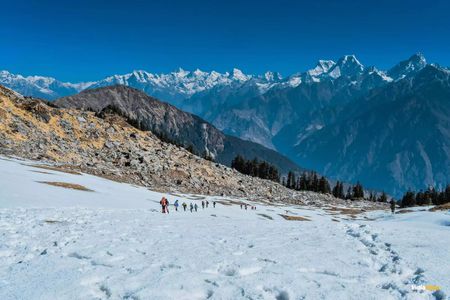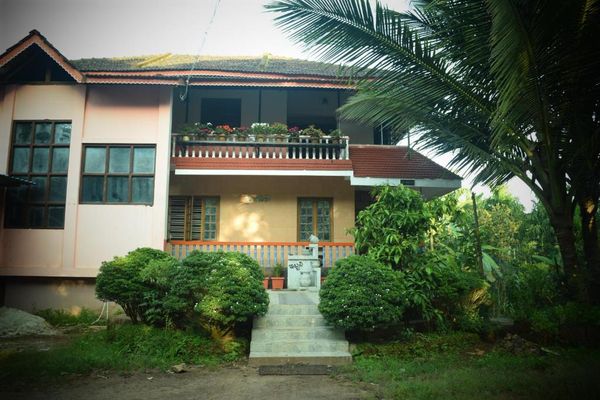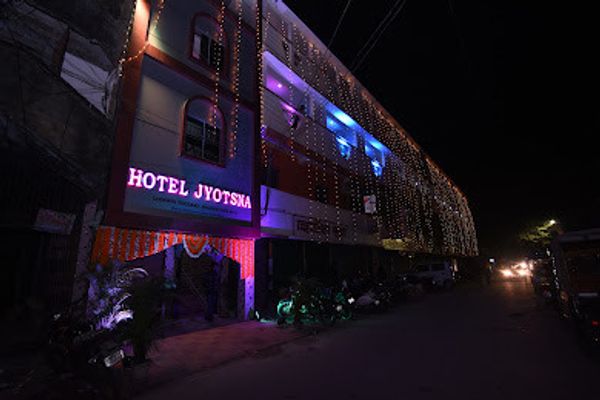Kuari Pass Trek: Camping Through the Gateway to Himalayan Grandeur
 Palakshi Meharwal
15 May, 2025
10 mins read
38
Palakshi Meharwal
15 May, 2025
10 mins read
38

Nestled in the heart of the Garhwal Himalayas, the Kuari Pass Trek is a captivating journey that unveils the true magnificence of the Indian highlands. Often dubbed the “Lord Curzon’s Trail†after the British Viceroy who popularized it, this trek offers an immersive experience through snow-draped peaks, dense oak and rhododendron forests, and scenic alpine meadows. Whether you're a seasoned trekker or an enthusiastic beginner, Kuari Pass beckons with a promise of awe-inspiring vistas and soulful serenity.
Why Kuari Pass Stands Out
Unlike many high-altitude treks in India that demand extensive experience or grueling ascents, Kuari Pass strikes a fine balance between accessibility and grandeur. With an altitude of approximately 12,516 feet (3,815 meters), the trail offers panoramic views of some of India’s most majestic peaks—Nanda Devi, Dronagiri, Kamet, Trishul, and Hathi Ghoda among them—without being overly strenuous.
The pass is particularly famed for its clear view of Nanda Devi, India’s second-highest peak. The beauty of this vantage point is that it’s framed not just by one or two summits, but an entire arc of snow-capped mountains—like a theater of giants rising before your eyes.
Best Time to Embark on the Journey
The Kuari Pass trek is accessible during two primary seasons: late autumn (October–December) and spring (March–May).
- Autumn offers crisp air, golden meadows, and uninterrupted views of the Himalayas.
- Spring is equally magical, with blooming rhododendrons and milder temperatures.
Winter treks are also possible for those seeking snow-clad trails, though they require better preparation and equipment due to extreme cold.
Route Overview and Trail Highlights
The Kuari Pass trek typically begins from Joshimath, a bustling town in Uttarakhand that serves as the base camp for many Himalayan expeditions. From here, trekkers are driven to Dhak village, the trailhead, from where the adventure officially begins.
Here’s a general itinerary outline:
- Dhak to Gulling (9,200 ft): The trail winds through quaint mountain hamlets, terraced fields, and whispering forests of oak and rhododendron.
- Gulling to Tali Forest Camp: This segment immerses you in a tranquil world of thick woods and rustling leaves, setting a perfect tone for camping under the stars.
- Tali to Kuari Pass and back: The summit day brings both challenge and reward. As you climb higher, the forest gives way to vast meadows and eventually opens up to the grand Himalayan amphitheater.
- Return via Auli: A descent through snow-covered trails (in winter) or grassy slopes (in summer) ends in the charming ski destination of Auli.
Each section of the trail introduces a new ecosystem, offering not just physical variety but a deep sensory experience—from the earthy scent of moss to the crunch of frost underfoot.
Camping Experience: Nature’s Five-Star Stay
One of the most cherished aspects of the Kuari Pass trek is the opportunity to camp in pristine surroundings. Trek operators usually set up tents in scenic clearings—beside streams, amid groves, or on high-altitude ridges. The Tali Forest Camp, in particular, is a favorite due to its enchanting location surrounded by pine forests and its surreal morning views.
Campfires, starlit skies, and the soft hum of wind through the trees replace digital distractions. It’s not just a trek but a detox from the hustle of urban life.
Modern trek operators now prioritize eco-friendly camping practices. Biodegradable waste disposal, limited plastic use, and "leave-no-trace" ethics are increasingly becoming standard.
Flora and Fauna: A Tapestry of Biodiversity
The trail cuts through Nanda Devi Biosphere Reserve, a UNESCO World Heritage Site known for its rich ecological diversity. While sighting wildlife is relatively rare due to human activity, trekkers have reported glimpses of Himalayan Tahr, musk deer, and even snow leopards in remote stretches. Birdwatchers, too, can enjoy spotting monals, pheasants, and high-altitude larks.
Botanical enthusiasts will find joy in the wide variety of alpine plants and medicinal herbs that line the trail, especially in spring.
Physical Preparation and Gear
Although Kuari Pass is considered a moderate trek, it still demands a decent level of fitness. Trekkers should ideally begin light cardiovascular training 3–4 weeks prior. Brisk walking, stair climbing, and yoga for flexibility can make a tangible difference in comfort and endurance.
Essential gear includes:
- High-ankle trekking boots
- Thermal wear and windproof jackets
- Trekking poles for knee support
- Sleeping bags (preferably -10°C rating in winter)
- Hydration packs and snacks
Reliable trekking agencies typically provide tents, mats, and meals, but it’s always good to double-check what’s included.
Permits and Accessibility
Trekkers need a permit to enter the forested zones of the trek, typically arranged by the operator. Joshimath is well-connected via road from Rishikesh and Dehradun, which have direct train and air links to major Indian cities.
As of early 2024, no special COVID-19 restrictions apply, but it’s advisable to check with local authorities or trek organizers for the most current guidelines.
Local Culture and Responsible Trekking
Passing through traditional Garhwali villages, the trek provides an authentic glimpse into Himalayan life. Villagers are known for their warmth and hospitality, often greeting trekkers with a smile or a cup of tea. Purchasing local woolens or handmade souvenirs supports their economy.
Responsible tourism here is more than a buzzword—it’s a necessity. Respecting local customs, avoiding waste generation, and sticking to marked trails help ensure that the trek remains sustainable for future generations.
Final Thoughts
The Kuari Pass trek is not just a route—it’s a revelation. Whether it’s your first time setting foot on Himalayan soil or your fifth adventure above the tree line, this trail offers a rare combination of accessibility, natural splendor, and cultural immersion. Each step on this path brings you closer not just to the mountains, but to your inner self.
From the sun-dappled forests to the icy silence of the pass, the journey is a symphony composed by nature itself, and camping amidst this untouched grandeur is the crescendo that stays with you long after you've descended.
Written By:
Palakshi Meharwal



Hotels at your convenience
Now choose your stay according to your preference. From finding a place for your dream destination or a mere weekend getaway to business accommodations or brief stay, we have got you covered. Explore hotels as per your mood.


